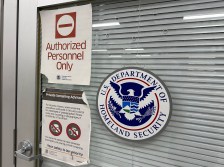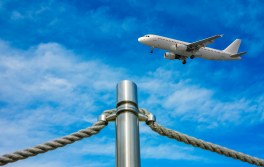TSA issues new electronics screening procedures for domestic, international flights

The Transportation Security Administration expanded its screening of electronic devices for carry-on luggage on Wednesday with new security procedures for all U.S. and international flights.
The procedures require any electronic device larger than a cell phone to be X-rayed in a separate bin, similar to how laptop computers are currently screened.
TSA officials made no mention of additional screening equipment being deployed to airports in light of the policy change. The agency warned that passengers could face more bag checks, but improved screening procedures would be applied to clear carry-on luggage quickly.
“It is critical for TSA to constantly enhance and adjust security screening procedures to stay ahead of evolving threats and keep passengers safe,” said TSA acting Administrator Huban A. Gowadia in a statement. “By separating personal electronic items such as laptops, tablets, e-readers and handheld game consoles for screening, TSA officers can more closely focus on resolving alarms and stopping terror threats.”
The move comes after a pilot program to test the screening procedures in 10 major airports, including Los Angeles International Airport, Las Vegas’ McCarran International Airport and Boston’s Logan International Airport.
Homeland Security Secretary John Kelly first announced the new screening procedures on June 28, citing increasing terrorism attempts on commercial air flights.
“We will also lay out a clear path to encourage airlines and airports to adopt more sophisticated screening approaches, including better use of explosive detection canines and advanced checkpoint screening technology,” Kelly said at the time.
The new policies do not apply to TSA Precheck passengers and will be implemented in airports across the U.S. in the coming weeks and months.






